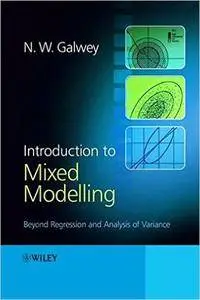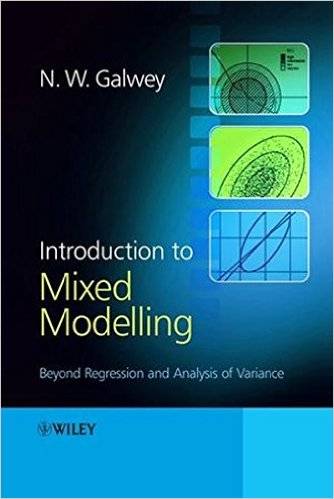N. W. Galwey, "Introduction to Mixed Modelling: Beyond Regression and Analysis of Variance"
2006 | ISBN-10: 0470014962 | 376 pages | PDF | 6 MB
2006 | ISBN-10: 0470014962 | 376 pages | PDF | 6 MB
Mixed modelling is one of the most promising and exciting areas of statistical analysis, enabling more powerful interpretation of data through the recognition of random effects. However, many perceive mixed modelling as an intimidating and specialized technique. This book introduces mixed modelling analysis in a simple and straightforward way, allowing the reader to apply the technique confidently in a wide range of situations.
Introduction to Mixed Modelling shows that mixed modelling is a natural extension of the more familiar statistical methods of regression analysis and analysis of variance. In doing so, it provides the ideal introduction to this important statistical technique for those engaged in the statistical analysis of data.
This essential book:
Demonstrates the power of mixed modelling in a wide range of disciplines, including industrial research, social sciences, genetics, clinical research, ecology and agricultural research.
Illustrates how the capabilities of regression analysis can be combined with those of ANOVA by the specification of a mixed model.
Introduces the criterion of Restricted Maximum Likelihood (REML) for the fitting of a mixed model to data.
Presents the application of mixed model analysis to a wide range of situations and explains how to obtain and interpret Best Linear Unbiased Predictors (BLUPs).
Features a supplementary website containing solutions to exercises, further examples, and links to the computer software systems GenStat and R.
This book provides a comprehensive introduction to mixed modelling, ideal for final year undergraduate students, postgraduate students and professional researchers alike. Readers will come from a wide range of scientific disciplines including statistics, biology, bioinformatics, medicine, agriculture, engineering, economics, and social sciences.



